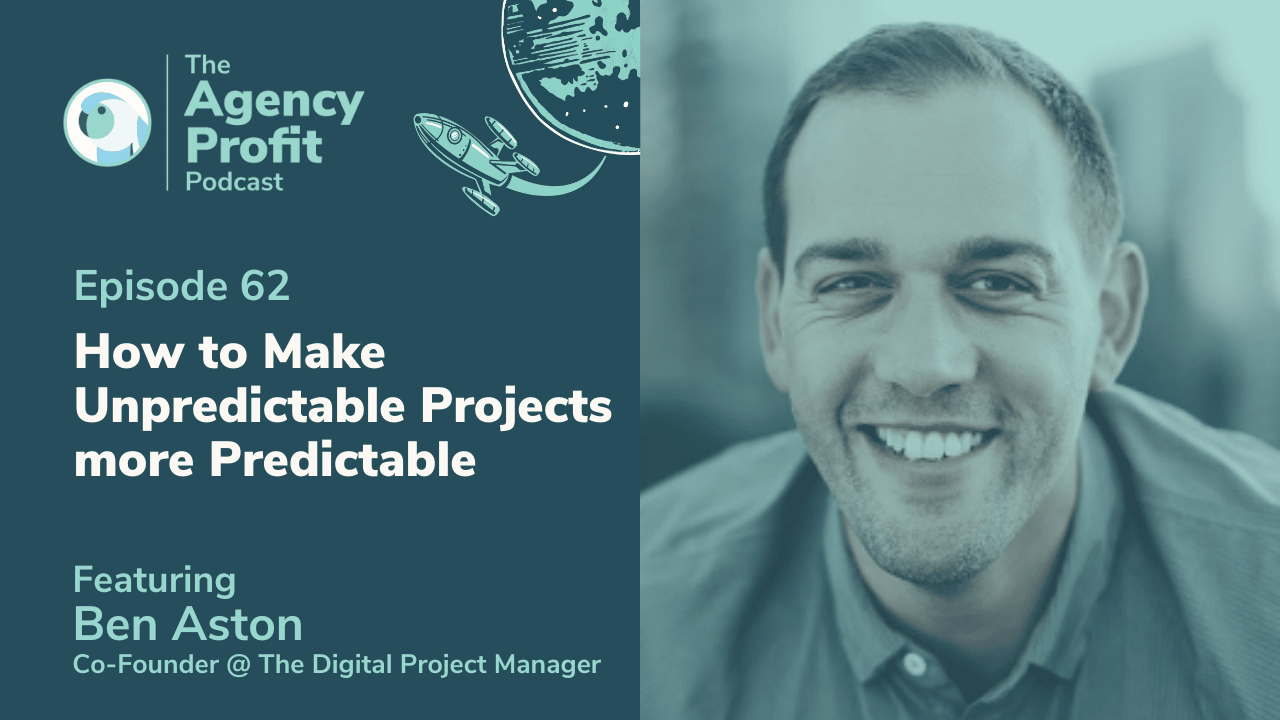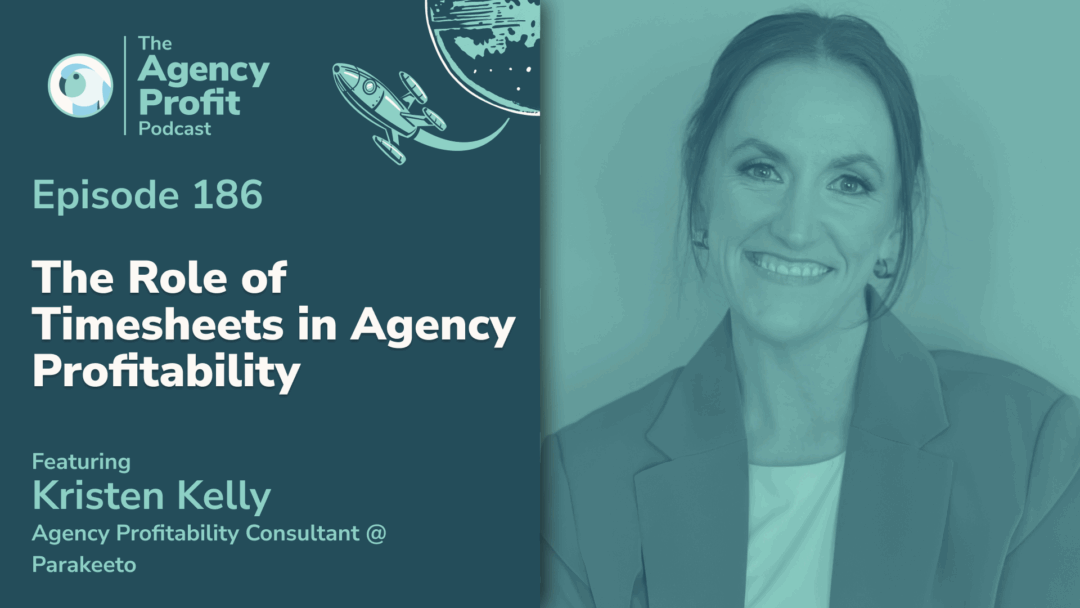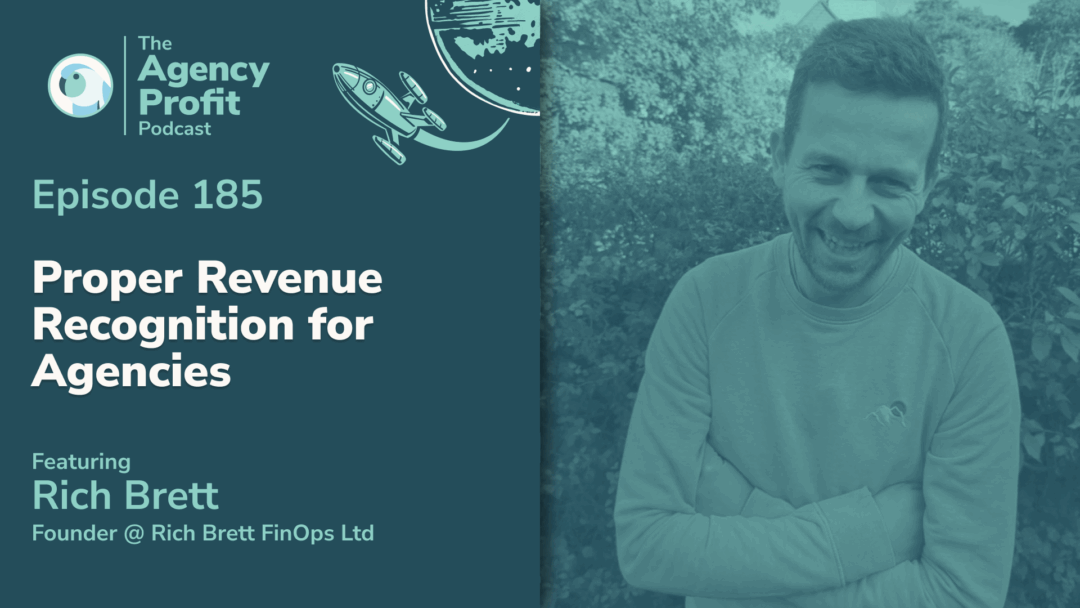Episode 62 sees Ben Aston, of TheDigitalProjectManager.com, display just how one can make the unpredictable more predictable leading to optimum project outcomes. How can this be? Why, through levers and tools to make projects less risky and more profitable, of course!
About Ben Aston:
Armed with an x386 PC and a 33k dial-up modem, Ben launched his first (terrible) website, aged 14. Needless to say, he was hooked.
Now, he is a digital project manager, online entrepreneur, and founder of Black + White Zebra, an indie media company on a mission to help people and organizations succeed.
Ben is also founder of the largest and one of the fastest-growing communities for digital project managers – TheDigitalProjectManager.com
A PRINCE2 Practitioner and Certified Scrum Master, Ben has 15+ years experience in project delivery and PMO leadership at top agencies – including Dare, Wunderman, DDB, plus clients including Honda, Unilever, & Sony.
When he’s not working, you can find him running, swimming, on a ski hill, or flying planes! You’re not going to want to miss this one!
Points of Interest…
- How Ben Became an Expert in Project Predictability Management 2:30
- The Importance of Digital Project Management 6:30
- Defining What Makes a Project ‘Risky’ 9:11
- Levers You Should be Looking to Pull 12:30
- When to Bring in a Project Manager 17:26
How Ben Became an Expert in Project Management
We’re really in our wheelhouse here; we like to get nerdy on this show. I think that’s one of the things that sets us apart – we talk about the things that aren’t considered sexy…. Today, we’re discussing project management – and making projects run smoothly and profitably. And if that isn’t sexy, then I don’t know what is.
So, how exactly did TheDigitalProjectManager.com come to be? Well, like most serendipitous things, it happened by accident.
“When I started out, I was actually an account manager who became a project manager by accident. In those first few weeks of becoming a digital project manager, I realized this wasn’t account management, this was something entirely different. I was suddenly responsible for delivery, producing estimates, timelines, statements of work, managing and controlling the projects, which I’d never really done before…”
Sound familiar? Therefore it shouldn’t come as a surprise that – ten years ago – Ben decided to start a blog in which he would share his acquired knowledge to help others to deliver projects successfully. This then expanded into a playbook, a forum, and a thriving support network community *** Ben delves into the first decade of his work at the 3:54 mark***
The Importance of Digital Project Management
There isn’t a well-defined digital playbook outside of the traditional project management – which is fundamentally rooted in construction projects, etc – and it’s not always easy to translate that into digital. There’s an entirely different set of circumstances and constraints.
Therefore, I ask Ben to elaborate on why project management matters so much in the digital space, plus why it’s such a critical function inside of a profitable and scalable agency.
“What I’m pushing for is a strategic role. The role of project management, and the value of project management, is that we can help deliver better projects and more value. At the heart of what, I think, good digital project management is optimizing the value that we’re producing.”
How does one go about doing that? By…
- Reducing costs and inputs
- Maximizing outputs
- Effective and efficient resource management
- Outsource to freelancers
In essence, you’re trying to maximize your throughput, which is bolstered by effective resource management. Add to that the minimization of risk involved, while also ensuring that the client/stakeholders are getting value – so that this becomes a sticky relationship and just a one-off engagement.
***We dig into improving project predictability via capacity management, utilization management, cash flow, visibility, and if it affects the client experience from 7:50 mark***
Side Note: The simplest way to model capacity is often to create a “payroll grid”. This means listing all of your delivery and partial delivery employees, along with their weekly capacity and then multiplying that by the number of weeks in a given period.
Want to set benchmarks for your team and agency around utilization? You’d then add delivery/billable expectations and time off / holidays to that grid and model out your capacity and utilization targets for the team.
Example:

Want this exact payroll grid template? It’s included for free in our Agency Profitability Toolkit:
Defining What Makes a Project ‘Risky’
In order for you to set about maintaining predictable projects, you first need to define what risky projects entail. What are the red flags, the things you should be looking out for when clients approach your agency? Firstly, be aware of ‘hustle fever’…
“It’s the beginning of the year. We’re trying to get projects in the door because we’re not quite sure what we’re going to be doing. The agency hasn’t got enough work, so we’re just trying to. Just trying to win contracts, whatever it takes… What we’re trying to do is create clarity.”
You can create “project predictability” by taking a step back and asking yourself these questions…
- Does this project seem a good fit?
- If so, does the client have the required budget?
- Is there an appropriate timeline in which to deliver?
You can always start a project without clear goals, objectives, or a defined brief but you run the risk of mismanaged expectations on the behalf of your client. To remedy this, have ‘Statement of Work’ outlining timelines, line items as part of your Planning Phase.
***More on this from 10:37 minutes***
Levers You Should be Looking to Pull to Minimize Risk
If you’re in a situation whereby you’ve got projects coming into your agency; what are some of the big levers that we should be looking to pull as owners, or project managers, to decrease that level of risk?
Ben is a firm believer in project management being a strategic endeavour. As Scrum Master, he often finds himself talking about spikes, whereby he allocates a set amount of time to investigate a problem and define a solution. This helps to increase certainty.
“Let’s just say we estimated two weeks development time for technical integration, but we’re not sure if that’s sufficient time. So, we could try doing a spike to investigate it quickly… but then we have to decide, ‘Is this still okay? Could this actually be a six-month project or a separate endeavor altogether?’ You need to decide what you’re going to do about it. So, I think actually a great solution is avoiding the risk. This is where PMs, come into this and say, ‘Okay, what’s a simpler solution’.”
The ultimate goal is achieving this simpler solution while delivering the same value. Can you use different technology, take a different approach, or insert a manual process? In short, it is creative problem-solving in order to “de-risk” a project.
So, to recap: use what I’m now calling the ATM Framework and see if you can…
- Avoid the risk altogether
- Transfer the risk; perhaps to a better-equipped agency for this certain project
- Mitigate the risk; ascertain how you can reduce any impact from potential risk
Obviously, accepting the risk is always an option, but avoiding said risk is always preferable. Transferring the risk is also a good idea because it takes the burden, while mitigating against the risk where possible throughout the project.
When to Bring in a Project Manager
Perhaps you’re an agency owner and currently managing the projects, or you’re the only PM in an agency undertaking operations – plus project management – and it’s starting to get overwhelming. What are some of the signs indicating that you require more Project Managers to scale?
“Once a studio or small agency probably hits between five and 10 people, it’s definitely time to bring in a PM. At that point, the team and the projects need more management than the CEO can provide. Also, at that point, you can’t be quite as nimble as you used to be. You need to start planning your projects a bit better because you’re beginning to have less commitment from the team than when you were a shop of five people.”
As for when to scale your project management team; at what point do you realise when your current project management isn’t working? When any of the below becomes familiar…
- When you’re looking to expand beyond 10 people
- You’re aware your project manager is not effectively resourcing
- Your project manager is failing to create estimates, timelines, or full Statements of Work
- When they’re clearly rushing things
The above are just some flags indicating when you need to start growing your existing project management team, perhaps starting with someone to manage resourcing part-time alongside new business. ***Ben discusses this, plus avoiding the dreaded ‘Scope Creep’ further from 19:20***
Key Takeaway… Mind Your Quality Assurance
What are some common mistakes Ben has observed project managers and agencies routinely make that expose them unnecessarily to risk?
“Quality assurance I think is still the biggest risk. Said risk is not allowing a sufficient amount of time for quality assurance, or treating quality assurance as something that happens at the end of the project, rather than it being integrated into development as you go.”
Make it part of your overall process as opposed to just something you tack on at the end! For example, develop things in “testable shippable increments”. Think about QA, then work back from that deadline and allow double the amount of QA time that you think you’ll need. Your future self will be eternally grateful.
Bulling for more Ben? Check out…
- BenAston.com
- TheDigitalProjectManager.com (podcast, membership, coaching, training courses, and more)
- twitter.com/thedigitalpm
- instagram.com/thedigitalpm
Did you learn anything new from this episode? Let us know in the comments below! Our next installment of #APP, on June 16th, will see us chat with Michelle Seiler Tucker. Our previous blog with Charles Max Wood is here…
Agency Profitability Tool Kit
If you’re looking for more resources to help you improve your agency’s profitability, check out the Agency Profitability Tool Kit. It’s full of the same templates and checklists we’ve used with consulting clients to help them improve profitability by over 100% – in under 60 days.








0 Comments